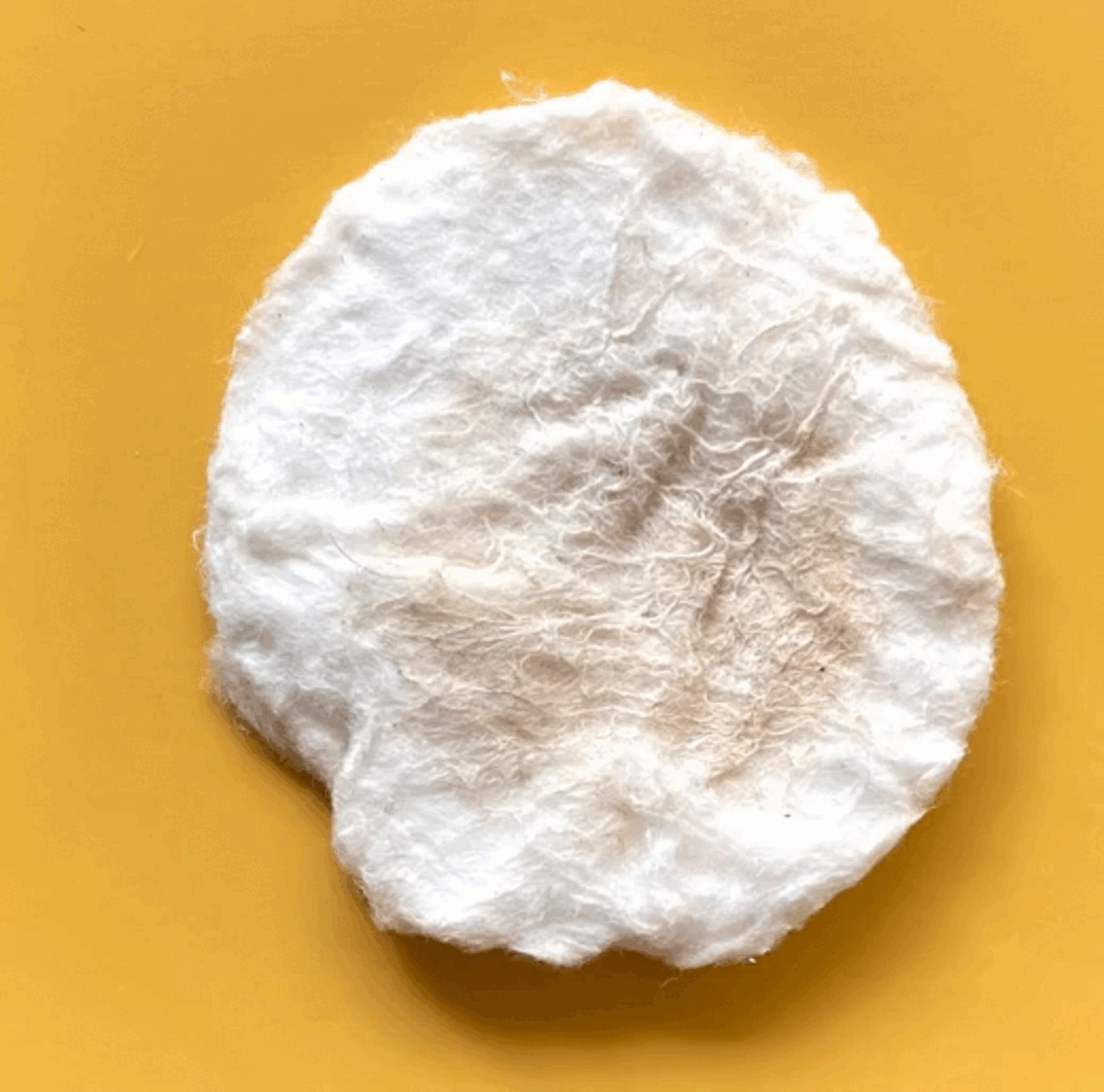BIO
Maria Patricia Tinajero Ph.D. (alias Patricia Tinajero)
Visual Artist
Portfolio: Weeby
IG: @mptinajero
María Patricia Tinajero holds a Ph.D. in Visual Arts and Philosophy. Her work explores the intersection of art and soil through the concept of Becoming Soil, approaching soil as an artistic, creative, and collaborative practice. She was a 2023 resident artist at the Wormfarm Institute in Wisconsin, USA.
Tinajero is an active member of several art collectives that promote artistic collaboration and creative ecological thinking. With the Plant Contingent, she engages in performances and participatory projects that reimagine how we think and be with soil and plants. As part of the Ocean School Collective, she contributes to the development of open art school pedagogies that broaden ecological awareness and support eco-materialist modes of making
Longer Bio:
María Patricia Tinajero is an artist-philosopher whose interdisciplinary practice engages soil as a living, creative, and collaborative medium. Holding a Ph.D. in Visual Arts and Philosophy, she is the author of Becoming Soil, a poetic and political framework that invites us to reimagine our relationship with the ground beneath our feet. Her work bridges art, ecology, and philosophy, advocating for soil’s aesthetic dimensions and offering creative responses to the ecological crises caused by human activity.
During the 2024 Farm/Art DTour, Tinajero collaborated with Mercedes Falk of Puentes/Bridges on Walking/Talking: Stories in Motion, a two-day, community-centered experience of movement, conversation, and ecological listening. In summer 2025, she returns to Wormfarm to continue this project, which centers the voices of farmers, migrants, plants, and soil. It exemplifies the kind of art we value—entangled, place-based, and transformative.
Originally from Ecuador, Tinajero now lives in the United States. Tinajero is an active member of several art collectives that promote artistic collaboration and creative ecological thinking. With the Plant Contingent, she engages in performances and participatory projects that reimagine how we think and be with soil and plants. As part of the Ocean School Collective, she contributes to the development of open art school pedagogies that broaden ecological awareness and support eco-materialist modes of making
Her recent publications include:
“Urban Landscape and the Hidden Architecture of Brownfields: On Soil Remediation, Plants, and the Art of SLOW Clean-up.” In Earth Matters: The Aesthetics and Politics of Soil, edited by PD Dr. Kassandra Nakas. Environmental Humanities Series. Metzler Publishing Co., 2025 (fortcoming)
“Minga-Gardening: Creative Pedagogy for Learning with Soil and Art.” La Escuela: Campus Library, Online Journal. Published May 2024.
https://laescuela.art/en/campus/library/mappings/minga-gardening-a-creative-pedagogy-for-learning-with-soil-and-art-maria-patricia-tinajero
Exploring the Transformative Powers of Art and Soil: The Farm/Art DTour Rural-Urban Flow,” in Rural Imaginations for a Globalized World, edited by Esther Peeren (Brill Press, 2025);
“The Art of Becoming Soil in the Anthropocene: Reclamation and Decomposition,” Writing Visual Culture, Vol. 9 (2019);
“Ethical Grounds: The Aesthetic Action of Soil,” in Art, Practice in the Anthropocene, edited by Julie Reiss (2018);
“Porous Bodies, Toxic Landscapes: Mapping the Massena Critical Zone” (co-authored with Lisa Taliano), Writing Visual Culture, Vol. 10 (2020);
“Knowledge Transfer in Ecologically Grounded Approaches to Ubimus: InMesh” (co-authored with A. Capasso and D. Keller), Journal of New Music Research (2019).
